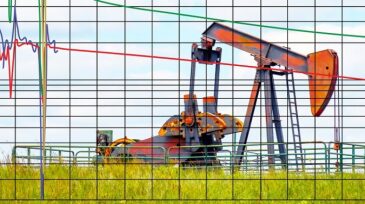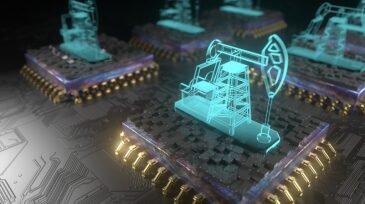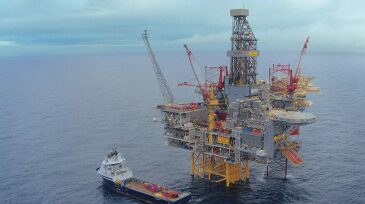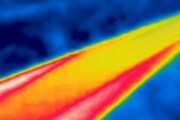DSDE: Features
-
The new feature comes from the desire of readers and reviewers to broaden the scope of JPT’s coverage of developments related to digital transformation and the applications that the industry can derive from these exciting possibilities.
-
Merging new knowledge and technological capabilities among the disciplines—and beyond—will be crucial to sustaining the industry for the long term.
-
Major differences exist between engineering- and nonengineering-related problems. This fact results in major differences between engineering and nonengineering applications of artificial intelligence and machine learning.
-
The international major is calling its latest multiwell project in the Permian Basin a “beacon of innovation.” The goal is to see if combining digital technologies will lower the operating costs of its shale assets.
-
As companies look to reduce the time it takes to inspect a subsea pipeline, as well as the costs involved in the operation, autonomous systems have become a more desirable option. How close are they to becoming the norm?
-
The report focuses on the effect of data analytics on reservoir engineering applications, more specifically the ability to characterize reservoir parameters, analyze and model reservoir behavior, and forecast performance to transform the decision-making process.
-
As this year comes to a close, it has been defined by some big themes in oil and gas data management: innovation, collaboration, governance, stuck proofs of concept, trendy tech, and oil shaming.
-
A Denver-based company has been installing data centers at shale drilling sites to take advantage of excess natural gas. Now, according to a new Bloomberg report, that company hopes to harness some of that gas to power data centers for Bitcoin mining.
-
Unless we work together to resolve the underlying causes of data problems, we will continue to struggle with the time and effort needed to get the foundations of data preparedness sorted out. That means that industry must accept that data is strategic rather than tactical.
-
A proving ground for the use of digital twins has emerged in the North Sea. There, operators Total, Aker BP, and Shell have each developed and deployed twins that they expect to pay big dividends.
Trending Now on DSDE
Stay Connected
Don't miss out on the latest technology delivered to your email every 2 weeks. Sign up for the DSDE newsletter.














